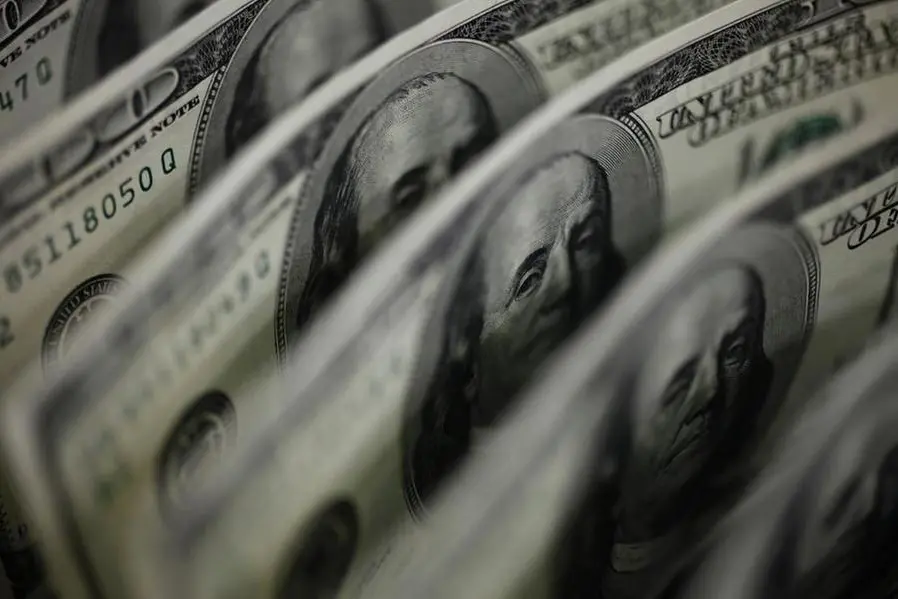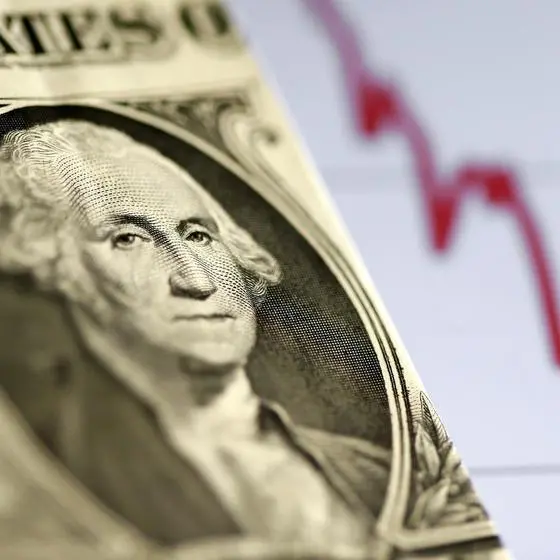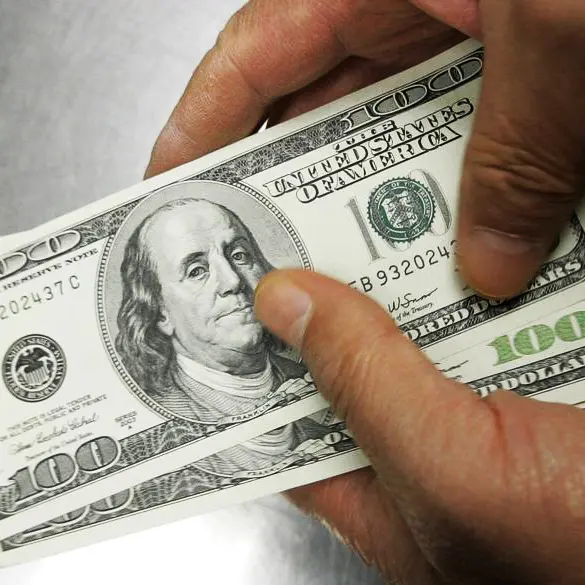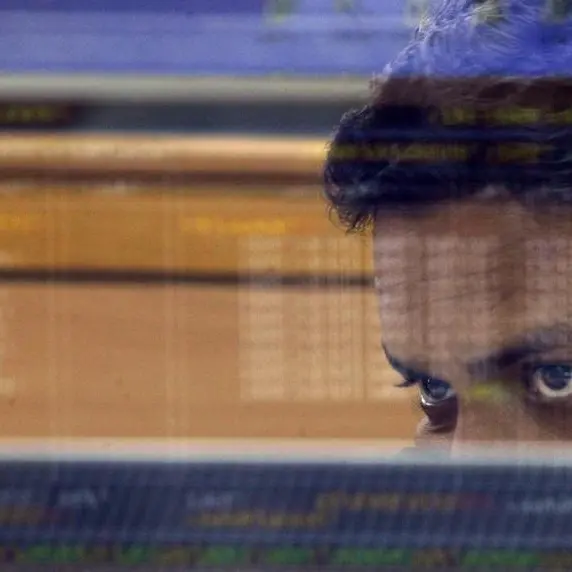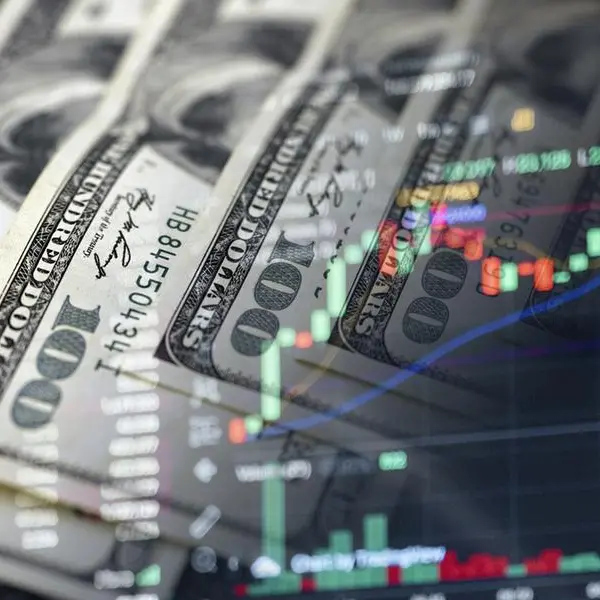PHOTO
NEW YORK - U.S. Treasury yields were up to new highs on Monday, rising in tandem with euro zone and British government debt yields amid concerns that central banks globally will keep tightening monetary policy to curb stubbornly high inflation.
The slump in global bonds on Monday followed a week that saw the Federal Reserve deliver its third straight seventy-five basis point rate hike and the British pound slide to a 37-year low against the dollar after the country's new finance minister unleashed historic tax cuts and huge increases in borrowing. Sterling dropped further on Monday, and a renewed sell-off in British gilts pushed euro zone yields higher.
Two-year Treasury yields, which tend to be more sensitive to interest rate changes, rose to a fresh 15-year high of 4.237%, and benchmark 10-year note yields were up about 5 basis points from their Friday close, climbing to 3.746%. Last week, those yields jumped to an intra-day high of 3.829%, the highest since April 2010.
"Back to back statements from Fed Chair Jerome Powell, first from Jackson Hole and then last week, were clear and unambiguous that the inflation has to be brought under control by any means necessary ... finally the market is listening," said Dean Smith, chief strategist at FolioBeyond.
Concerns that a Fed, dead-set on bringing inflation down, may tighten financial conditions to the point of tipping the economy into sharp contraction continued to grip markets, but some investors' expectations that the Fed may soon embark on a policy U-turn to stimulate a dwindling economy were dashed when Powell last week said that he and his fellow policymakers would "keep at" their battle to beat down inflation.
Bringing down price pressure is going to require "a steepening of the yield curve, higher long-term rates and some actually observed lower inflation prints, and we're not going to see that this year," Smith said.
The inversion in the yield curve between two-year and 10-year notes was at minus 46 basis points on Monday, still deep in negative territory but steeper than last week when that curve - seen as signaling an impending recession - was the most inverted in at least two decades.
The Fed last week updated the so-called "dot plot," which indicates each policymaker's view of where rates should be at the end of each year through 2025. Fed officials now see rates rising to 4.6% in 2023, much higher than previous views. It also projected year-end economic growth for 2022 at 0.2%, rising to 1.2% in 2023.
"The Fed still sees positive growth this year and sees it picking up next year. But it also wants to see evidence core inflation is on a decisive 2% trajectory beyond 2023 before it stops hiking," the BlackRock Investment Institute said in a note on Monday. "This soft landing doesn't add up to us ... We think the Fed is not only underestimating the recession needed but ignoring that it’s logically necessary," it said.
(Reporting by Davide Barbuscia, Editing by Nick Zieminski)
